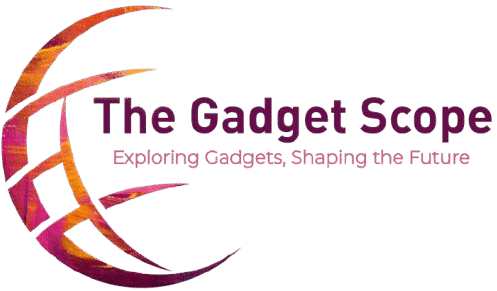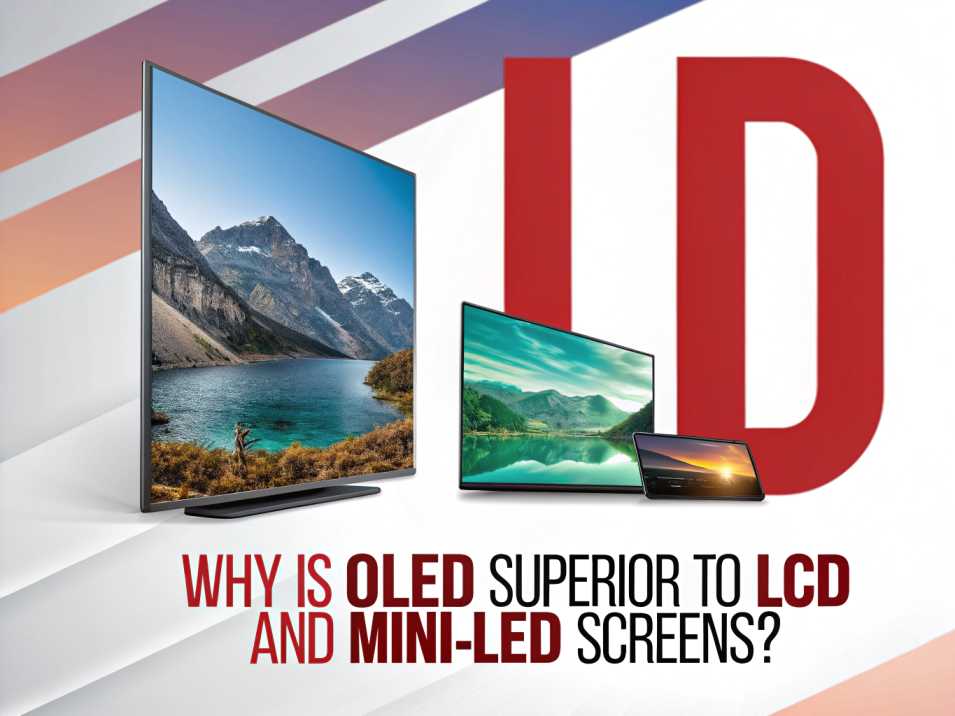Why is OLED superior to LCD and Mini-LED screens?
The first thing you see when purchasing a new phone, television, or laptop is the screen. The screen determines how clear, bright and colored everything is. Most devices today feature OLED displays, although you can also encounter LCD and Mini-LED displays. So, what makes OLED better? We can simplify it.
What Is an LCD Screen?
LCD is the abbreviation of Liquid Crystal Display. These displays have a backlight that illuminates liquid crystals to produce images. LCD screens are:
Affordable
Light enough to use by day.
Usually found in low-end phones, laptops and televisions.
The disadvantage is that the backlight will remain constantly on, making blacks appear more like a dark gray and colors less vibrant.
What Is a Mini-LED Screen?
A more recent development of LCD technology is mini-LED. Rather than having a single, super-large backlight, it has thousands of small LEDs. This allows:
- Better brightness
- Improved contrast
- Greater ability to control light in dark and bright areas.
Mini-LED is a significant leap in the right direction, although it uses a backlight; therefore, blacks do not appear as black.
What Is an OLED Screen?
OLED is an abbreviation of Organic Light-Emitting Diode. OLED screens do not require a backlight, unlike LCD screens. The lights of each pixel switch on individually. This means:
True Blacks: pixels may be switched off to make blacks look dark and realistic.
Bright Colors: Colours are more natural and bright.
Much thinner and Flexible: OLED displays are thin and can also bend, making them ideal for use in foldable phones.
Enhanced Viewing Angles: The screen also looks good from all directions, not just one.
Why OLED Is Better
Picture Quality: OLED offers superior contrast and color. Games and movies are stunning.
Energy Saving: OLED consumes less power when displaying black images, as black pixels are turned off.
Design Flexibility: OLED can enable skinnier, lighter (and even foldable) displays.
The Downsides of OLED
Despite the greatness of OLED, the technology is not without its shortcomings:
Price: Devices with OLED screens tend to be more expensive.
Burn-In Risk: A small impression can be left on the display when an image is displayed for too long. Later OLEDs in 2025 are far more effective at discouraging this, though.
Brightness: Sometimes, Mini-LED is brighter than OLED and is therefore superior in very sunny outdoor conditions.
What Screen Should you use?
LCD: The LCD is better suited for individuals who are budget-conscious and require a simple screen that functions effectively.
Mini-LED: Decent compromise – brighter and better than LCD but cheaper than OLED.
OLED: It is the best option, offering the best picture quality and is worth paying extra for.
Final Thoughts
The finest feature about OLED displays is that they provide true blacks, breathtaking colors, and smooth designs. LCD and Mini-LED will continue to be used, but OLED is expected to become the standard by 2025, particularly in terms of price and brightness. ODLE is worth the cost if you are concerned about visuals and need the best.

